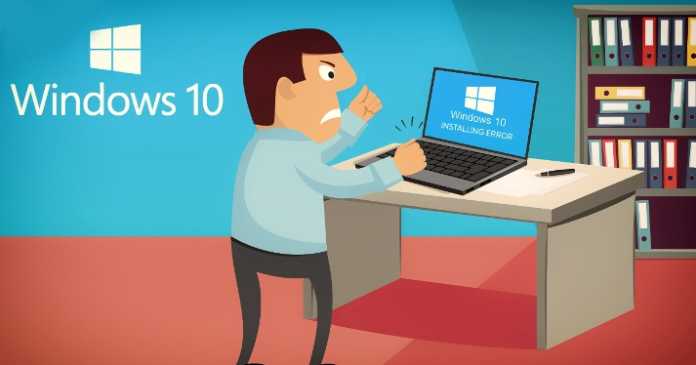Microsoft resolved to keep the least requirements to promote the restoration of former systems to Windows 10, but the free distribution of your operating system is not running at the rate required by the firm of Redmond. They have previously said that, for security, we should upgrade to Windows 10, but now go a step further and quit supporting some processors to force the upgrade to the new operating system. Also Read: How To Control The Data Usage In Windows 10
Microsoft Fails To Support Some Processors You Upgrade To Windows 10
As they reported from the signing of Redmond on 17 July next year, only the most critical patches, in terms of safety, be released for Windows 7 and Windows 8.1 in the case of some microprocessors. They refer to macros from Intel Skylake since they have already announced that Kaby Lake from (Intel), Snapdragon 820 (Qualcomm), and Bristol Ridge (AMD) will only be supported by Windows 10. Therefore, earlier versions or even they are compatible. With this measure, Microsoft will give a period of 18 months to stay with Windows 7 or 8, but from here, it is advisable, for safety reasons, have upgraded to Windows 10. It is another maneuver forced to favor the share adoption of the new operating system. And, after all, that Microsoft will stop releasing updates translates into potential security issues and ‘ backdoors’ available for cybercriminals. However, it affects, to a lesser extent, computers disconnected from the Internet.
Microsoft Intentionally Forcing Users To Windows 10
In recent weeks, Microsoft managers have made several statements ensuring that Windows 10 is safer than previous versions and justifying the necessity to relocate for compatibility issues. These claims are somewhat contrary to having maintained the minimum requirements, but the Redmond firm intends that we update the software without any intention to change the hardware of your computer. Also Read: How To Create Windows 10 Bootable USB/Pendrive And with this new measure now refer to the stability of computers as another key point to take us to our latest version of its operating system. Meanwhile, however, most users still rely on an operating system’s old, yes, but more reliable.


